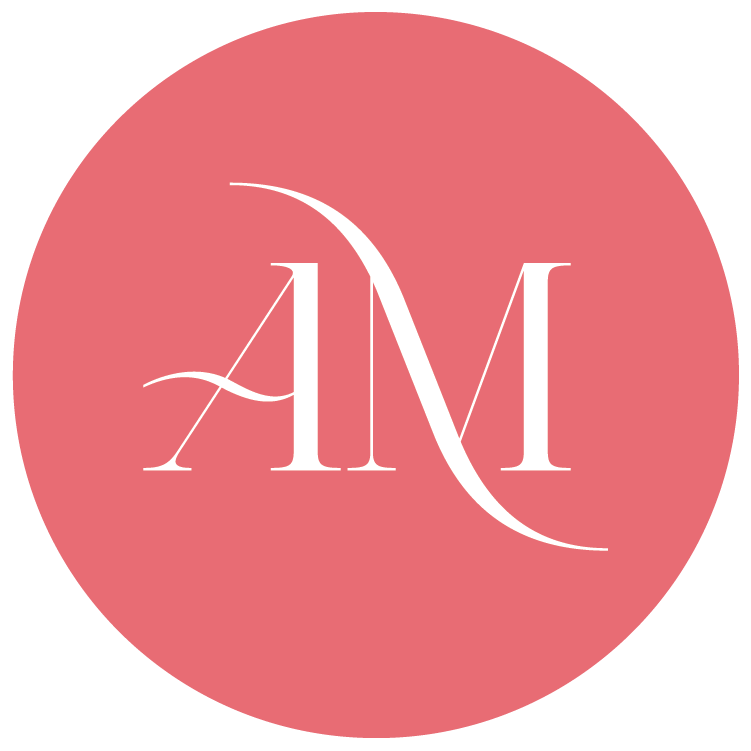Can Your Period Make You Anemic?

Dr. Ashley Margeson
NATUROPATHIC DOCTOR

A few things you should know before I answer this question. Any type of blood loss, including that from your period, can cause anemia. This is known as an iron deficiency. Symptoms of an iron deficiency can include tiredness, weakness, shortness of breath, poor concentration, lightheadedness.
Anemia can sneak up on you—especially iron deficiency anemia. It can happen slowly, over years, so that you might not notice the changes. A fatigue that you can’t shake, regardless of how much you rest. Feeling easily out of breath from activities you could always do before. Unexplained changes in your hair, nails, skin. These are just some of the symptoms of iron deficiency.
One thing we know about anemia, is that women are proportionally more affected than men. Which, makes perfect sense when women, you know, lose blood every month.
When blood is lost every month during menstruation, the iron within those red blood cells is also lost. If monthly iron intake and absorption does not replace the iron lost during your period, you can end up with iron deficiency anemia.
People with heavy menstrual bleeding are more susceptible to iron-deficiency anemia. A person is considered to have heavy menstrual bleeding when their menstrual period is typically over 80 ml. Some causes of heavy menstrual bleeding can be attributed to fibroids (abnormal growth of muscle tissue on your uterus), adenomyosis (a condition where endometrial tissue invades into the muscular wall of the uterus), polyps (abnormal growths on your cervix or the inside of your uterus) or bleeding disorders.
During pregnancy and lactation, your iron needs are higher. This is one of the reasons why anemia is more common during this time.
So now what?
Seems obvious — just eat more iron, right? Well, not necessarily. Increasing iron intake through your diet is a great place to start. There are two types of dietary iron: heme iron and nonheme iron.
Heme iron sources contain hemoglobin, and is only found in meat sources. Heme iron is more readily absorbed than nonheme iron. All meat contains heme iron, not just red meat (although it does have higher concentration of heme iron), but chicken, pork and turkey are good sources. Fish, seafood, and especially shellfish like oysters are also great sources.
Nonheme iron is available from plant sources, such as grains, beans, and some vegetables. Nonheme iron is not absorbed as well as heme iron sources. Populations where meat intake is low can struggle to obtain enough dietary iron. Other compounds found within nonheme iron sources (such as phytates, tannin, and calcium) can also *decrease* iron absorption — so try to limit your coffee and tea intake directly after meals. Eating iron sources with vitamin C (citrus fruits, peppers, strawberries, etc) will help make dietary iron more readily absorbed. Some sources of high nonheme iron include: soybeans/tofu, lentils, oats, wheat (this is often fortified), beets, kale, nuts, molasses, and beans.
Once a person has iron deficiency anemia, unfortunately, dietary iron intake isn’t always enough to correct the deficiency. This is why oral tablets are important at this point. There are many different types of anemia with different causes, so it is important to make sure that you are treating the appropriate type of anemia and its underlying cause.
References:
World Health Organization. Global Nutrition Targets 2025: Anaemia policy brief.
Report No.:WHO/NMH/NHD/14.4 Available from: http://www.who.int/nutrition/publications/globaltargets2025_policybrief_anaemia/en
Higgins JM. Red Blood Cell Population Dynamics. Clin Lab Med. 2015 Mar; 35(1): 43–57.
Stevens GA, Finucane MM, De-Regil LM, Paciorek CJ, Flaxman SR, Branca F, et al. Global, regional, and national trends in haemoglobin concentration and prevalence of total and severe anaemia in children and pregnant and non-pregnant women for 1995–2011: a systematic analysis of population-representative data. Lancet Glob Health. 2013 Jul;1(1):16–25.
Fraser IS, Critchley HO, Broder M, Munro MG. The FIGO recommendations on terminologies and definitions for normal and abnormal uterine bleeding. Semin Reprod Med. 2011 Sep;29(5):383–90.
Percy L, Mansour D, Fraser I. Iron deficiency and iron deficiency anaemia in women. Best Pract Res Clin Obstet Gynaecol. 2017 Apr 01;40:55–67.
Johnson-Wimbley TD, Graham DY. Diagnosis and management of iron deficiency anemia in the 21st century. Therap Adv Gastroenterol.2011 May;4(3):177–84.
Health Canada. Nutrient Value of Some Common Foods. Ottawa: Minister of Health;
Available from: https://www.canada.ca/content/dam/hc-sc/migration/hc-sc/fn-an/alt_formats/pdf/nutrition/fiche-nutri-data/nvscf-vnqau-eng.pdf
Low MSY, Speedy J, Styles CE, De-Regil LM, Pasricha SR. Daily iron supplementation for improving anaemia, iron status and health in menstruating women. Cochrane Database of Syst Rev. 2016 Apr;(4):CD009747.
Patterson AJ, Brown WJ, Roberts DC, Seldon MR. Dietary treatment of iron deficiency in women of childbearing age. Am J Clin Nutr. 2001 Nov;74(5):650–6.
Harness Your Hormones
Grab our Hormone Optimization guide to make you more productive in chasing your goals.
And maybe ditch the PMS… or at least get some actionable tools





